eFiling has improved the court clerk’s day-to-day processes as well as those of legal professionals. For filers, eFiling took away lengthy wait times in lines at clerk windows and brought filing right to the office. For clerks, eFiling allowed the filer to enter in critical details that could be synced to the court’s internal system, saving the clerks valuable time previously spent in repetitive data entry.
In many ways, integrated eFiling will bring this next level of automation for members of the law firm, introducing innovation for court interactions that will save time and better verify the information.
What is integrated eFiling?
Integrated eFiling is a relatively new process in which the eFiling service provider connects to core practice management software to allow filers to submit documents straight from case, document, and billing management systems that are used daily by the whole firm.
So rather than logging into a unique system when the time comes to file important documents with the court, integrated eFiling enables professionals to stay within the tools they use most frequently and leverage the data that has already been input to populate the eFiling workflow.
Why integrated eFiling?
In much the same way that original eFiling has streamlined so much of the clerks’ work and processing, integrated eFiling has the potential to do the same for legal professionals.
Legal professionals have to work with an intense amount of data in the form of client information, documents and all the working versions, and more. It is critical at every phase that all of these details are accurate, down to the letter and, often, capitalization.
When your team has gone through all the work to painstakingly enter in case and client details into your case management system, or carefully worked out all processes to fine-tune version control with a document management system, that is work that should be leveraged, not duplicated.
Integrated eFiling is a relatively recent innovation. It’s one that takes the eFiling side of things and plugs together other systems where filers spend their time. It’s a way of looking at the data needed to submit a court case and consider where else that information might be located that might not require a person to type it in. Again. When an eFiling system is integrated with practice, case, and document management systems that already hold those details, it can speed up the process of connecting to the courts while improving accuracy.
Here’s where integrated eFiling makes the biggest difference for data entry and time savings:
- Syncing key matter details from software tools through the eFiling portal
- Pulling documents from core systems, rather than downloading and uploading to get them to court
- Getting documents synced right back to the matter, rather than waiting to download and upload from emails
- Passing through court fees and service charges to the billing section of the case management software
You can see the pattern: in traditional eFiling there are many stopping points to locate, verify, retrieve, and add in data or documents from another location. With an integrated eFiling system, additional connection points mean that needed data passes through and syncs automatically, making for a more streamlined solution overall.
Just as the original eFiling changes meant clerks could rely on a single set of data entries to populate entire cases in their systems, integrated eFiling pulls from your case management or document management software as a single source of truth for party details, matter numbers, documents, and more. It’s the latest in an ongoing move towards enhanced legal technology for a modern law firm.
Author
-

Lindsey Dean leads strategic marketing and growth at InfoTrack, where she is focused on exploring and sharing concepts and ideas in accessible and nuanced ways. She has been a writer and researcher in the legal profession for more than 6 years and has authored reports and articles on eFiling, service of process, trends in the legal support field, and more.
View all posts






